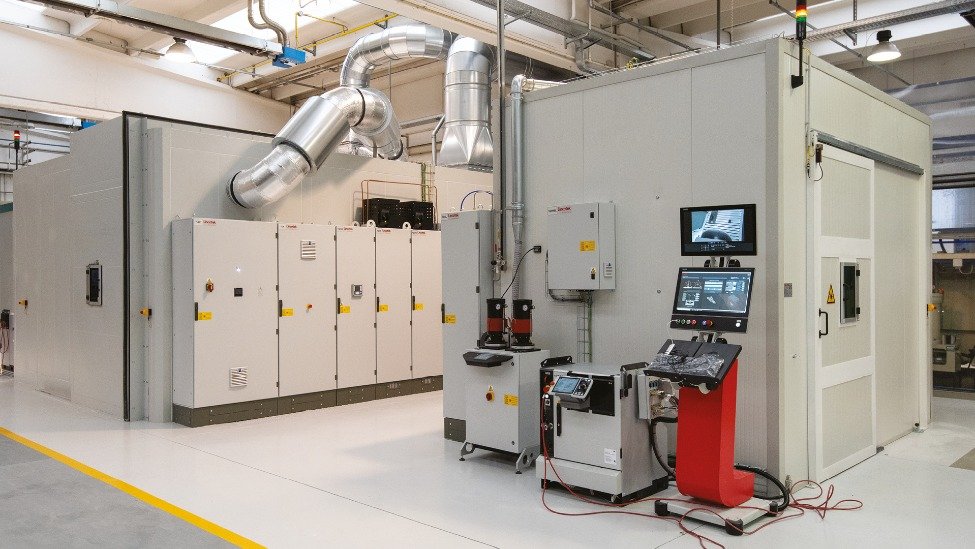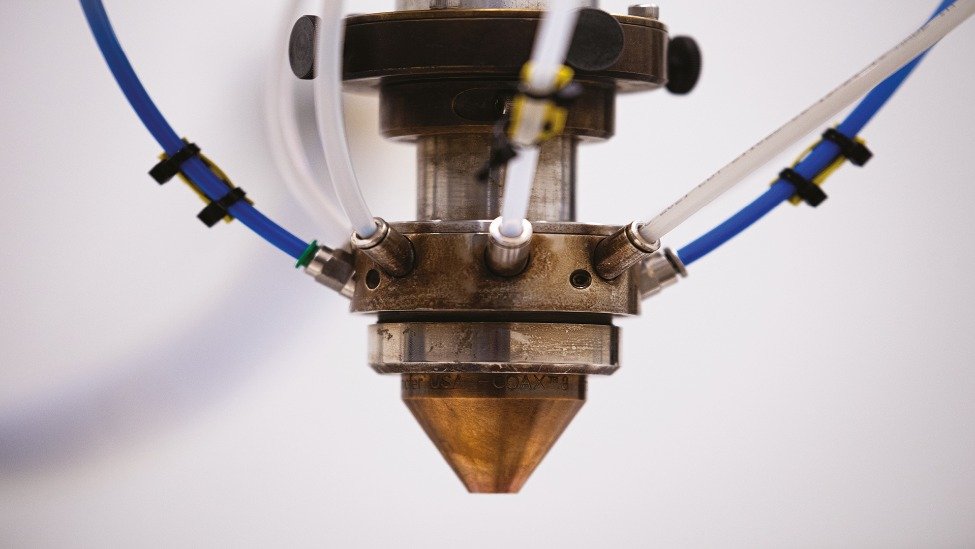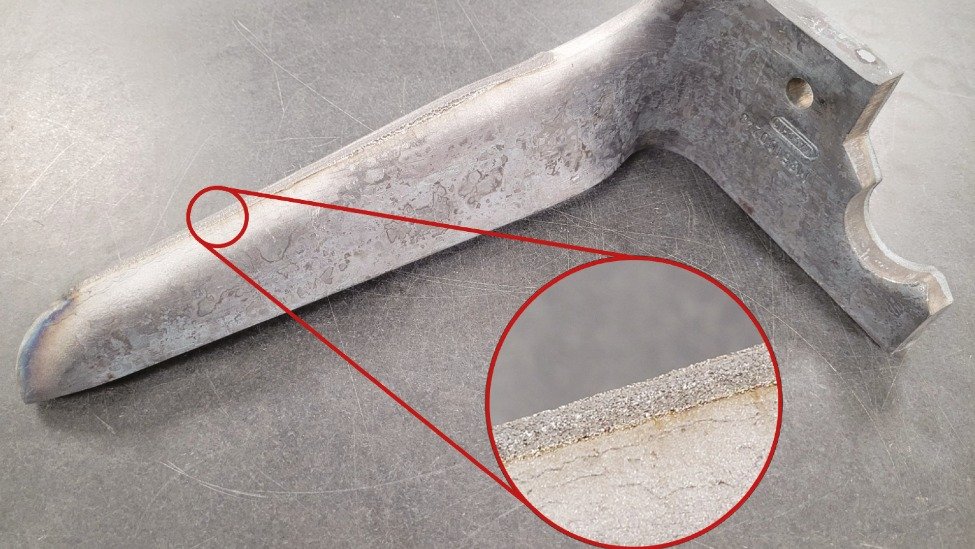
LASER CLADDING
During the process, the laser beam locally heats the substrate and the coating material, causing the latter to melt. Once cooled, the molten material forms a dense coating that is well bonded to the substrate. This process can take place in a controlled atmosphere or under a gas shield to prevent oxidation, thus ensuring the quality of the final coating.
One of the main advantages of laser cladding is its excellent adhesion to the substrate, which reduces the risk of detachment compared to other coating techniques. Additionally, the precision of the process allows for accurate control over the coating's depth and thickness, minimizing material waste. The technique also provides a reduced thermal input to the substrate, limiting the risk of deformation or damage to heat-sensitive components. Coatings produced via laser cladding are generally less porous, resulting in better mechanical properties and increased resistance to corrosion.
Regarding depositable materials, laser cladding is highly versatile: metal alloys such as stainless steels, nickel alloys, and titanium alloys can be used, as well as composite materials that combine metals and ceramics for specific applications. The use of tungsten powders or carbides is also common, as they provide hardness and wear resistance. Coatings produced by laser cladding not only offer high wear and corrosion resistance, but they can also be designed to withstand high-temperature conditions. This is particularly useful in industrial applications where parts are exposed to heavy loads and aggressive environments.
Another important feature relates to the maximum thickness of the coating, which can reach several millimeters. This, combined with limited deformation, allows for the restoration of worn components.
In summary, laser cladding represents an innovative and versatile solution for coating deposition, offering significant advantages in terms of adhesion, precision and the ability to use different materials, making it ideal for a wide range of industrial applications in sectors such as aerospace, automotive, oil&gas and tooling, where improving surface properties and repairing high-value components are critical.




